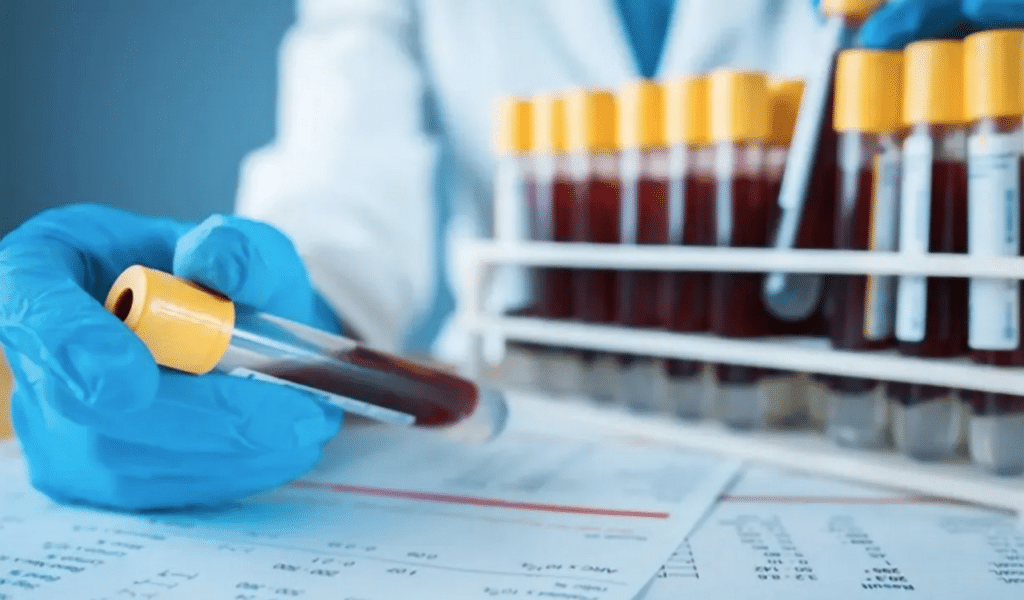
Therapeutic drug monitoring plays a crucial role in ensuring the safety and effectiveness of drug treatments for individual patients.
By accurately measuring the concentration of a drug in a patient’s bloodstream, physicians can adjust the prescribed dosage or treatment regimen as needed. This monitoring is particularly beneficial when a drug has a narrow therapeutic range, significant pharmacokinetic variability, or potential adverse effects that should be avoided.
Certain medical conditions, such as schizophrenia, require drugs with a narrow window between therapeutic effects and toxicity. For instance, lithium is commonly used to treat schizophrenia, and its efficacy is highly dependent on maintaining a specific drug concentration in the blood or sera.
Therapeutic drug monitoring enables healthcare professionals to optimize treatment for each patient, ensuring it remains safe and effective.
How Do Quality Controls Apply To TDM?
Therapeutic drug monitoring (TDM) Quality Controls are used to ensure the accuracy, reliability, and precision of TDM assays in a laboratory setting. These QCs serve as reference materials to validate the performance of TDM tests and verify that the results obtained from patient samples are accurate and consistent.
Here are the primary purposes and applications of TDM Quality Controls:
Method Validation and Verification
TDM Quality Controls are used during the initial validation and verification of TDM methods. These QCs help establish the analytical performance characteristics of the assay, including accuracy, precision, sensitivity, and specificity.
By comparing the results obtained from Quality Control samples to established reference values, laboratories can validate and verify their TDM methods before analyzing patient samples.

Accuracy Assessment
These QCs are also used to assess the accuracy of TDM assays. By analyzing Quality Control samples with known drug concentrations, laboratories can determine how closely the measured values align with the true values.
Deviations from the expected results can indicate issues with the assay, such as systematic errors or bias, which need to be addressed to ensure accurate TDM results for patient samples.
Precision or Reproducibility Assessment
Precision refers to the degree of agreement between repeated measurements of the same sample. By analyzing Quality Control samples repeatedly over time, laboratories can assess the variability in the assay’s results.
Precision assessment helps identify random errors or variations that may impact the reliability and consistency of TDM measurements.
In Conclusion:
By utilizing TDM Quality Controls effectively, laboratories can establish robust quality assurance protocols, maintain the accuracy and reliability of TDM results, and provide healthcare providers with confidence in the interpretation of drug concentration data for patient management and treatment optimization.
